

Have they overshot? The RBA was reluctant to keep lifting rates this month, notwithstanding the unacceptably high inflation rates, may indicate they see something the rest of us can only speculate about. Have they overshot? Is the economy faltering faster than expected?
Cash Rates, Inflation, Wages Growth and Asset Pricing
- On the 4th of July, the RBA left the cash target rate unchanged at 4.1%, with its exchange settlement balances fixed at 4.0%. Over the last 12 months, interest rates have increased from 0.1% to 4.1%, in absolute terms, a remarkable set of increases, however not exceptionally high in historical terms.
- In deciding not to lift rates further, the RBA commented, “Growth in the Australian economy has slowed, and conditions in the labour market have eased, although they remain very tight. Firms report that labour shortages have lessened, yet job vacancies and advertisements are still at very high levels”. In prior months this comment, coupled with the persisting headline inflation rate of 7.0% (as opposed to the target 2-3% range), would have seen the RBA lift rates. Why didn’t they this month?
- The most recent chart park released on the 5th of July by the RBA may show why they are concerned and lifted their foot off the interest rate pedal. The chart park tells a sad story. On the negative side: continuing declines in the global growth rates of our major trading partners (abated by a slight uptick in trading by India and China), ongoing reduction in consumer demand (which is the second most significant driver of Australia’s GDP after resource exports), the worst consumer sentiment in the last 30 years, material reductions in building approvals, drops in housing prices, the lowest business investment in 30 years, reductions in credit (across home, investment and business), ongoing rises in wages but with declines in labour productivity, worsening state budgets and increases in bank doubtful debts. On the positive side: In stark contrast to Victoria, Western Australia and its resource exports are quickly becoming the country’s single most significant economic contributor.
Exhibit 1: GDP, Inflation and RBA Cash Rate

Exhibit 2: Wage Growth and Unemployment
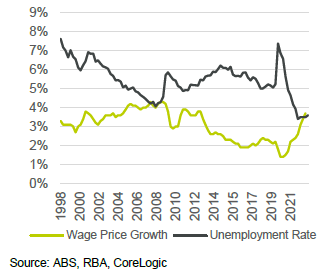
Exhibit 3: Annual House Price Movements
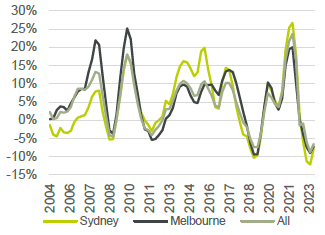
Funding Costs
- It would appear, based on this week’s announcements and the latest analyst reviews, that 3 rate rises are less likely, and 2 or 0.5% is more probable between now and the end of the 2023 calendar year. Based on this, the maximum reduction in borrowing capacity may be slightly better than we expected last month; however still very material at a year-on-year decrease of 42%.
- Throughout the month, we started to see policy movements by the non-back and non-consumer lenders regarding their buffer rates. As part of the APRA guidelines, consumers must be tested on an interest rate 3% higher than the current variable rate. We are starting to see some lenders accept 2-2.5%. This will have a meaningful improvement for some clients, especially those with multiple properties.
Exhibit 4: Reserve Bank of Australia Assets

Exhibit 5: Australian Government Bond Yield
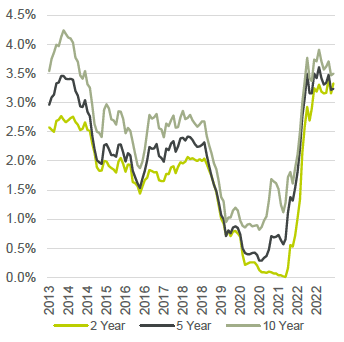
Exhibit 6: Household Income and Consumption
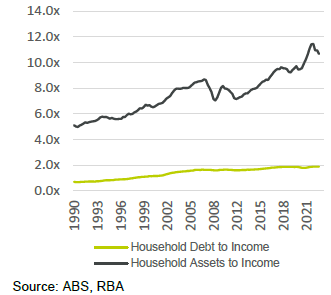
Exhibit 7: Housing Loan Commitments
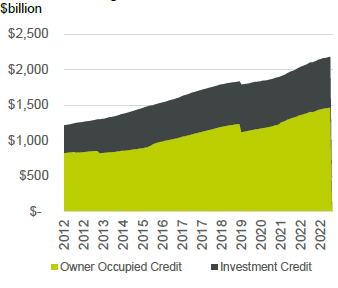
Implications on Interest Rate Outlook
- Based on new consensus forecasts, the expected peak cash rates may be as high as 4.60% (2 more rate rises) with a median of 4.53%. Given the lack of business and consumer confidence, these estimates may be more realistic than past ones, especially now. On this basis, we expect home loan rates to peak at 6.58% and investment loans at 6.79%. For those stuck in “mortgage prison” and unable to refinance or renegotiate, this may mean rates closer to 8.33% to 8.54%. If you’re in the latter group, best to start talking about fixed rates as soon as possible.
Exhibit 16: Impact of Interest Rate Forecasts and Fixed Rates on $1 million borrowing
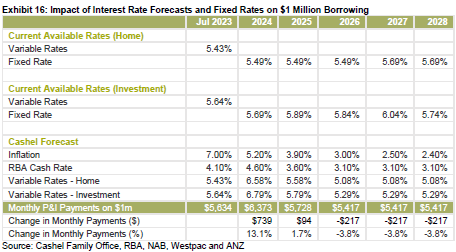
Recommended Strategies
Given the expectation for between 1 and 3 further interest rate rises we are recommending to clients that they take the following actions:
- Act on the 2-3 year fixed rates options, especially on the basis that rates will likely go higher than expected, and stay that way for longer
- Position for distressed buying opportunities in Q1, 2024.
- Be vigilant about their interest rates reviews
- Review any way to make personal cost savings, and
- Review any way to diversify and grow their income.
Most importantly reach out to your Cashel Relationship Manager or directly to me, should you need assistance and advice with any borrowing needs.










